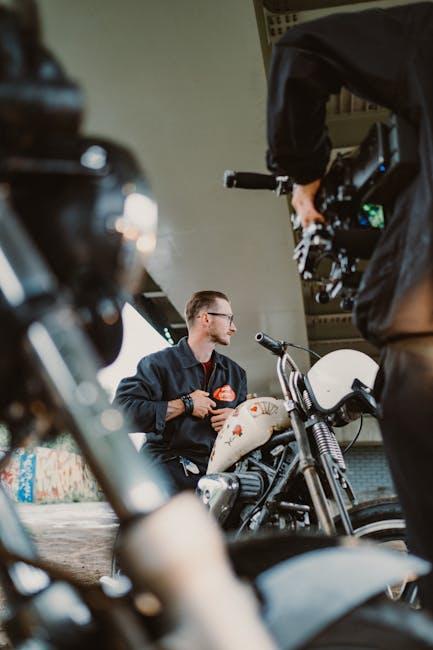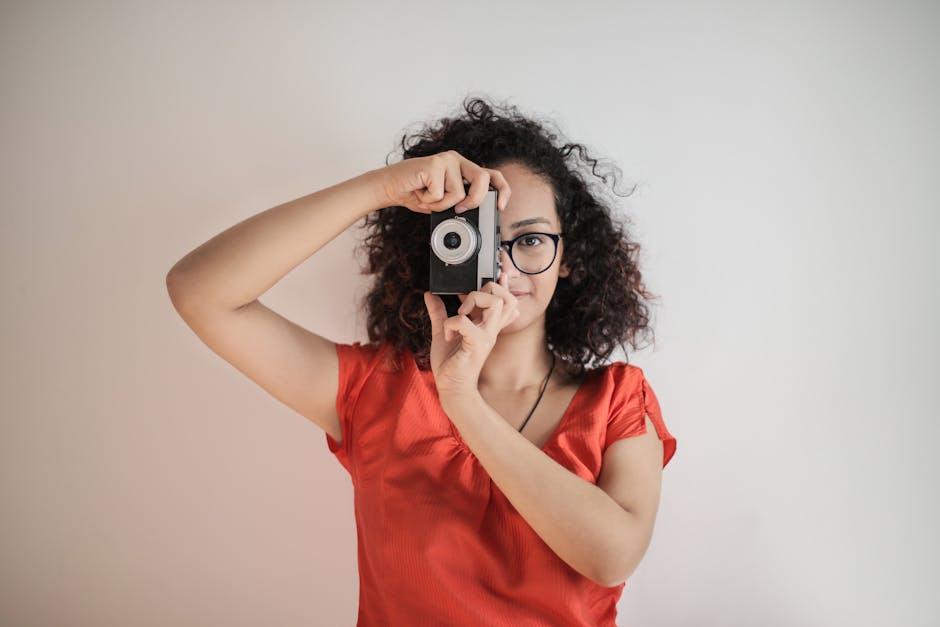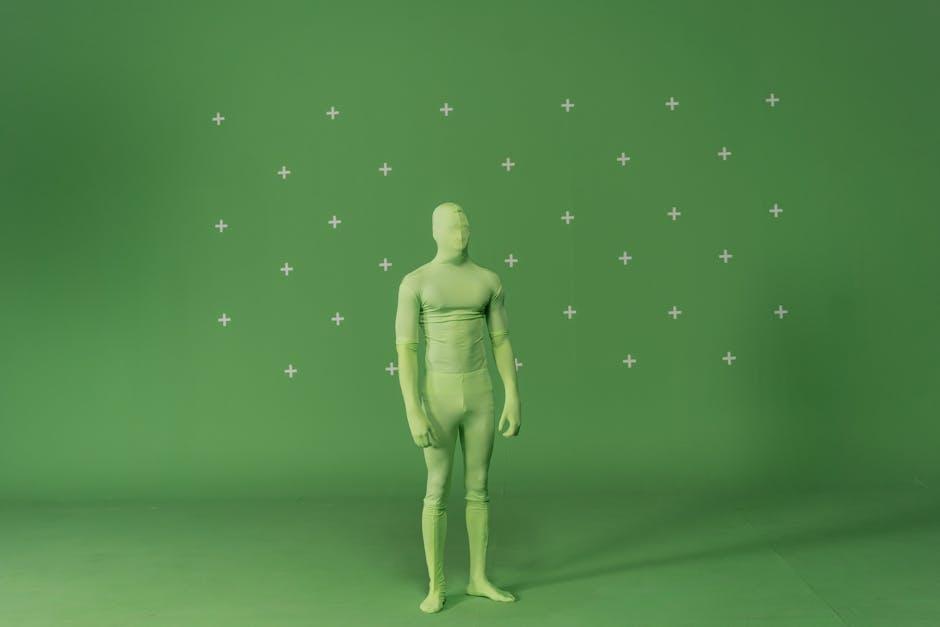In the dim glow of a theater, as the opening credits fade, a story unfolds not just through dialogue and plot, but through the intricate dance of light, shadow, and perspective. This year, the art of cinematography has elevated storytelling to new heights, captivating audiences and critics alike. ”” delves into the visual symphony orchestrated by the industry’s most visionary cinematographers. From sweeping landscapes to intimate close-ups, discover how these masters of the lens have crafted the unforgettable imagery that lingers long after the final scene. Join us as we explore the groundbreaking techniques and artistic choices that have redefined cinematic excellence in the past year.
Mastering Light and Shadow: The Art of Visual Storytelling
In the realm of visual storytelling, the interplay of light and shadow serves as a powerful narrative device, shaping the emotional and psychological landscape of a film. This year, cinematographers have pushed boundaries, using these elements to craft immersive worlds and evoke profound emotions. The artful manipulation of light can transform a mundane scene into a masterpiece, highlighting key aspects of the story while subtly guiding the viewer’s attention.
- High Contrast Lighting: This technique enhances drama and tension, often used in thrillers and noirs to create stark visual contrasts.
- Soft Diffused Light: Frequently employed in romantic scenes, it bathes characters in a gentle glow, adding warmth and intimacy.
- Silhouettes and Shadows: Utilized to convey mystery or foreboding, shadows can obscure or reveal elements crucial to the narrative.
- Color Temperature: Shifts in color tone can signify changes in mood or time, from the cold blues of isolation to the warm oranges of nostalgia.
By mastering these techniques, filmmakers create a visual language that transcends dialogue, allowing audiences to experience the story on a visceral level. Each choice of lighting and shadow becomes a brushstroke in the cinematic canvas, painting emotions that linger long after the credits roll.

Crafting Atmosphere: Color Palettes and Their Emotional Impact
In this year’s standout films, the art of color grading transcends mere aesthetics to become a powerful narrative tool. Directors and cinematographers have meticulously chosen color palettes to evoke specific emotions and guide audience perceptions. Warm hues like oranges and reds often dominate scenes of passion or tension, enveloping viewers in a sense of urgency or intimacy. In contrast, cool tones such as blues and greens can evoke calmness or melancholy, creating a reflective or somber atmosphere.
- Monochromatic Schemes: Used to emphasize simplicity or highlight a particular theme, creating a cohesive visual experience.
- Complementary Colors: By using colors opposite on the color wheel, filmmakers can create dynamic contrasts that draw attention to key elements or conflicts.
- Desaturated Palettes: Often utilized to convey realism or grit, stripping away vibrancy to focus on raw emotion or stark reality.
These choices are not arbitrary; they are deliberate strokes on the cinematic canvas that influence how stories resonate with audiences. By mastering the emotional impact of color, filmmakers craft immersive worlds that linger long after the credits roll.

Dynamic Movements: The Role of Camera Angles and Motion
In the realm of cinematography, camera angles and motion breathe life into the narrative, transforming static scenes into dynamic storytelling experiences. This year’s standout films have masterfully utilized these techniques to evoke emotion and tension. Directors have embraced a variety of camera movements to enhance the visual journey:
- Tracking Shots: Seamlessly following characters through bustling environments, these shots immerse the audience in the action, creating a sense of immediacy.
- Low-Angle Views: By positioning the camera below eye level, filmmakers have amplified power dynamics, making characters appear larger-than-life.
- Handheld Motion: This technique injects a raw, gritty realism into scenes, making viewers feel as if they are part of the unfolding drama.
Fluid transitions between these techniques have allowed filmmakers to maintain a captivating rhythm, drawing audiences deeper into the cinematic world. The strategic interplay of motion and angle has not only defined the aesthetic of this year’s films but has also reshaped how stories are told on screen.

Innovative Technology: Pushing Boundaries with New Cinematic Tools
In the ever-evolving world of cinema, this year has seen groundbreaking advances in technology that have truly transformed the visual storytelling landscape. Directors and cinematographers are leveraging virtual production techniques, where LED walls replace traditional green screens, allowing actors to interact with their environment in real-time. This innovation not only enhances performances but also offers directors unprecedented creative control over lighting and perspectives.
Moreover, the introduction of AI-assisted editing tools has streamlined the post-production process, enabling editors to focus on the art of storytelling rather than getting bogged down by technicalities. These tools intelligently suggest cuts and transitions, making the editing process more intuitive. Here’s a glimpse into some of this year’s most impactful technologies:
- Volumetric Capture: Creating hyper-realistic 3D models of actors and sets.
- High Dynamic Range (HDR) Imaging: Offering stunning contrast and color accuracy.
- Drone Cinematography: Providing breathtaking aerial shots with agility and precision.

